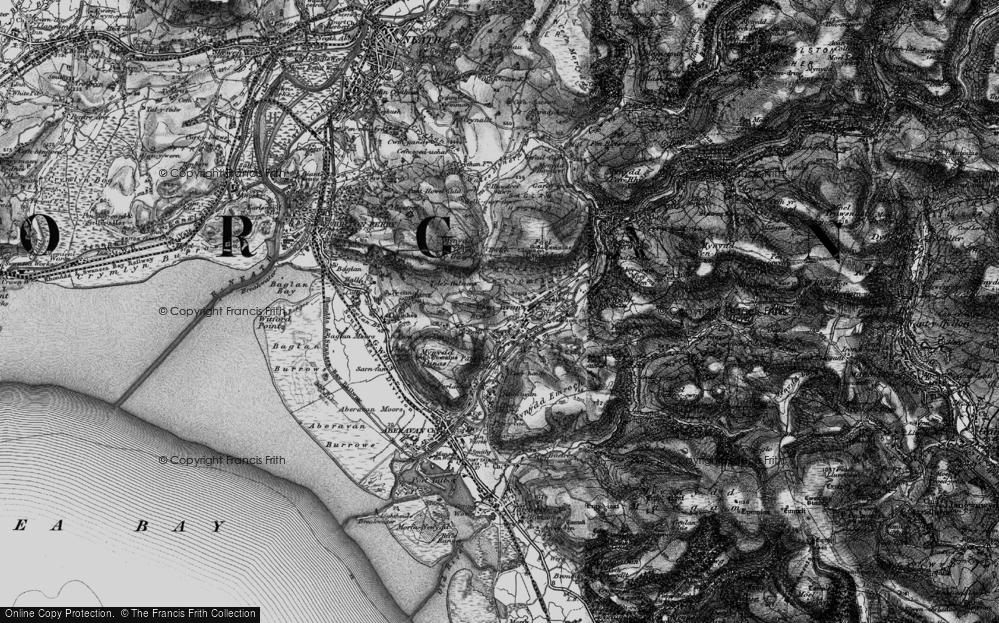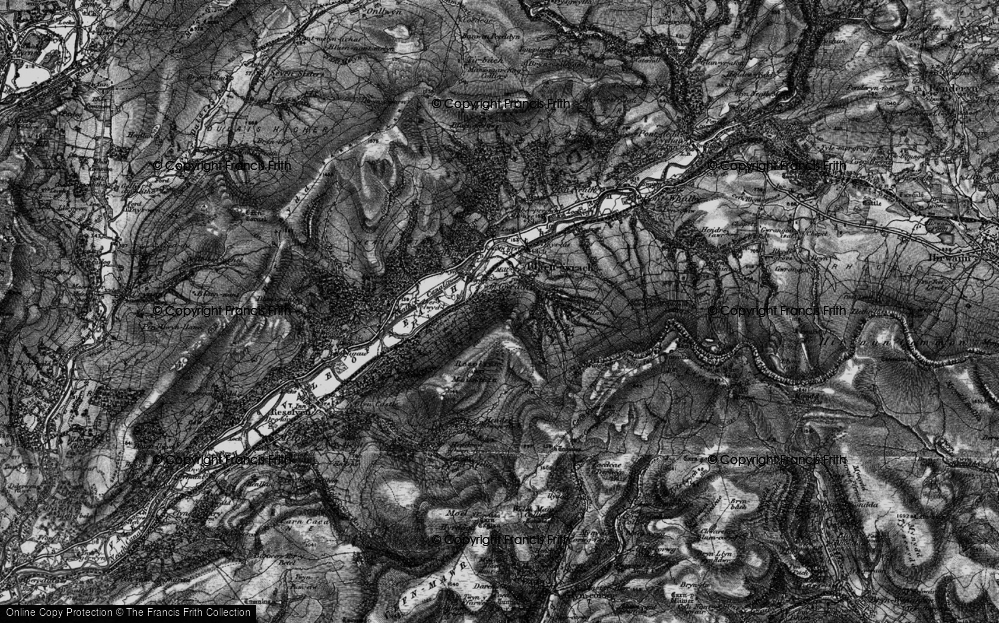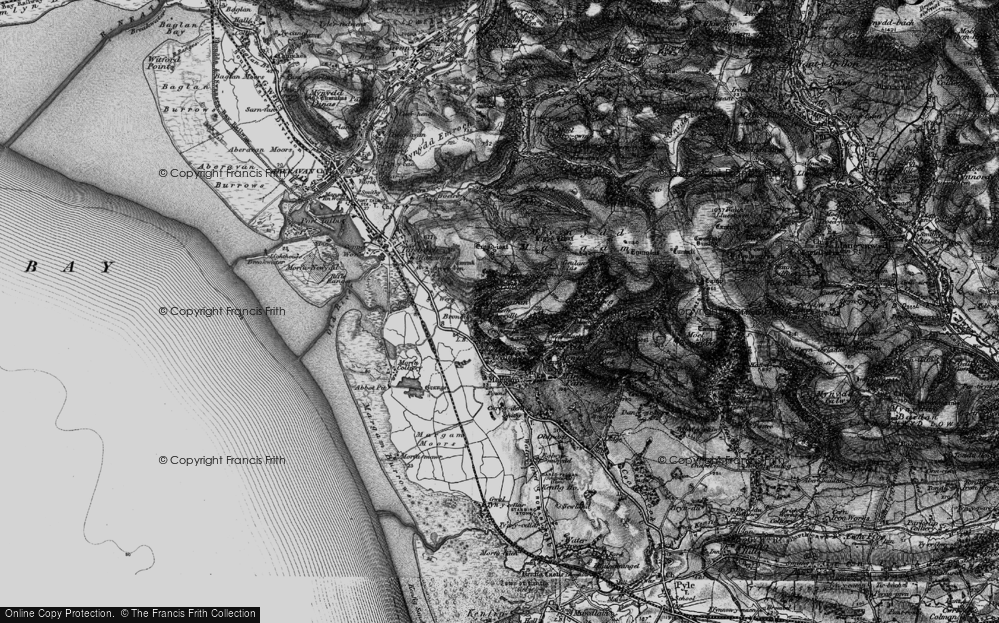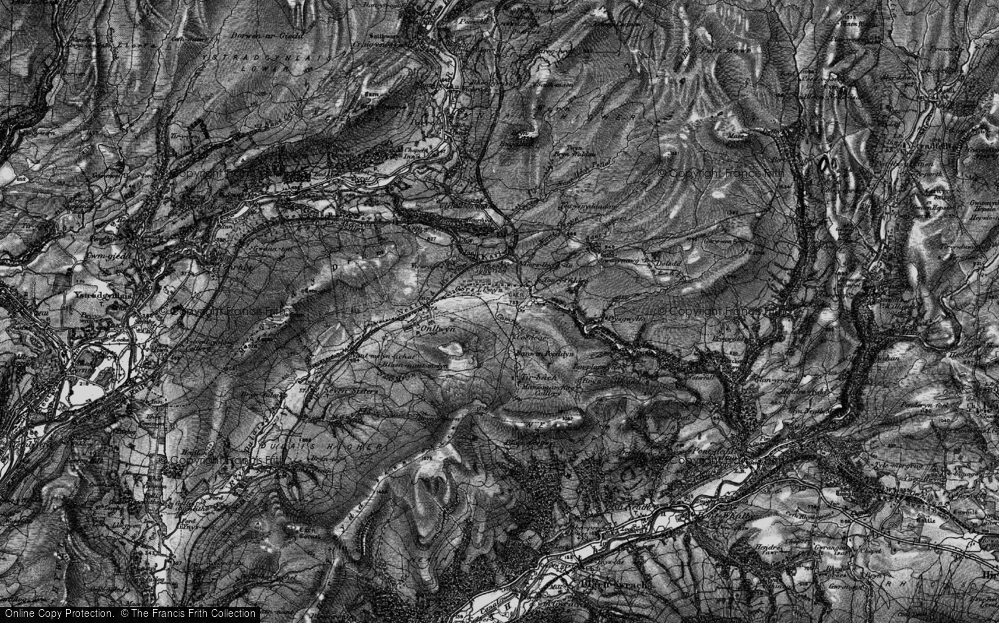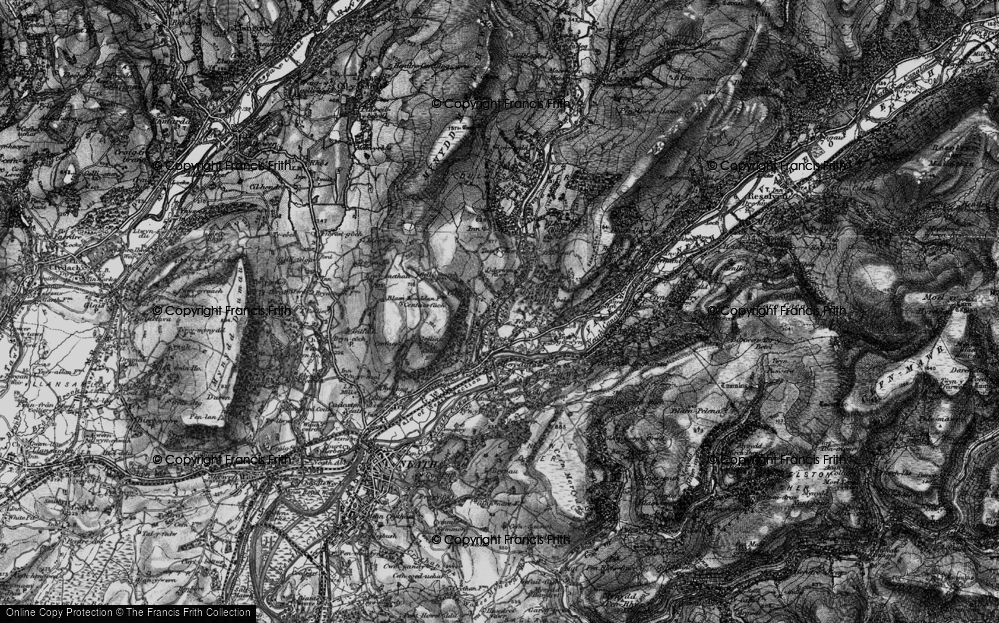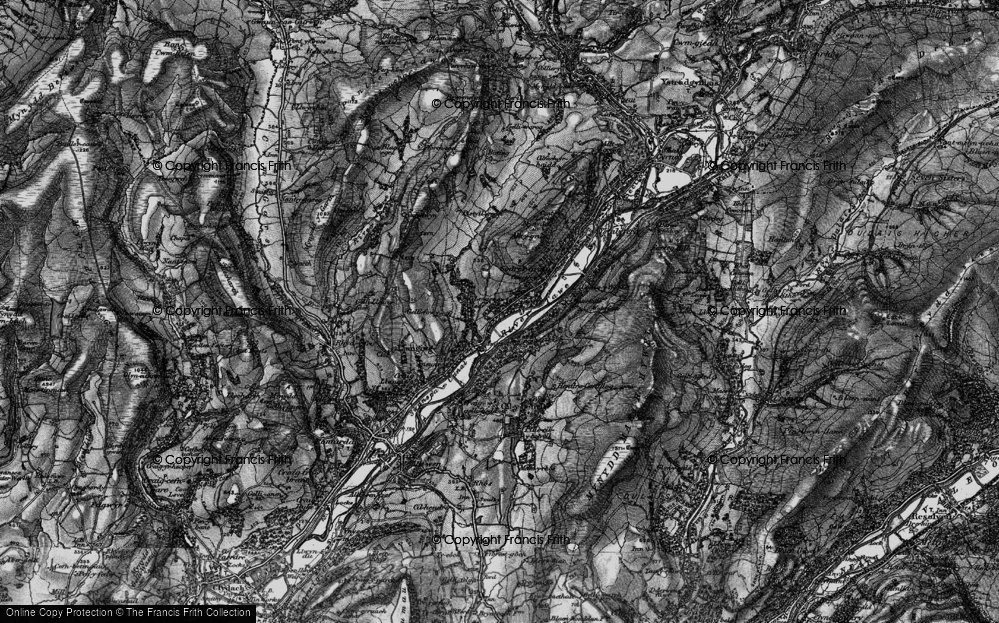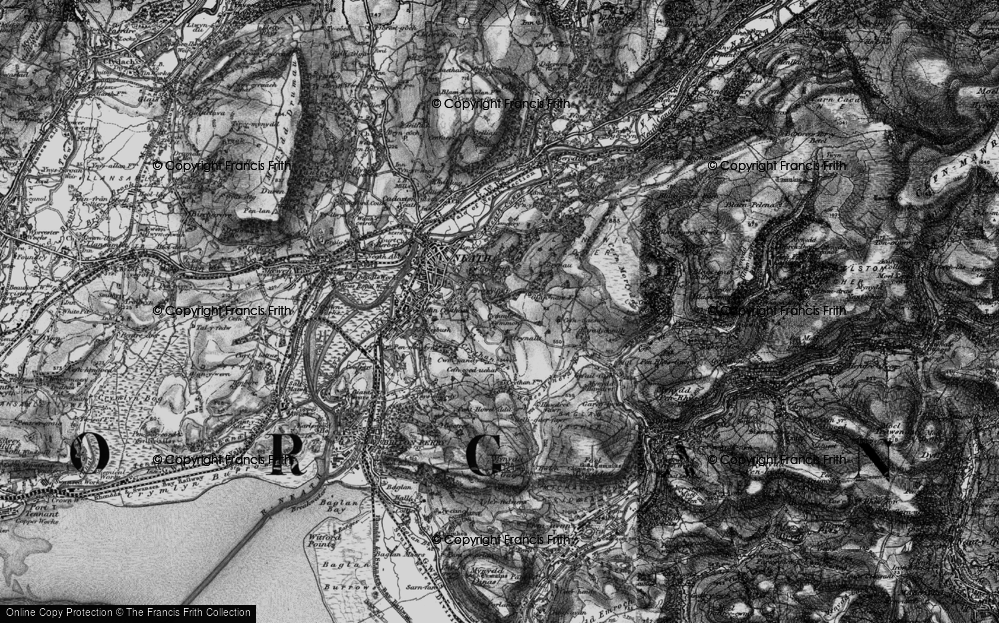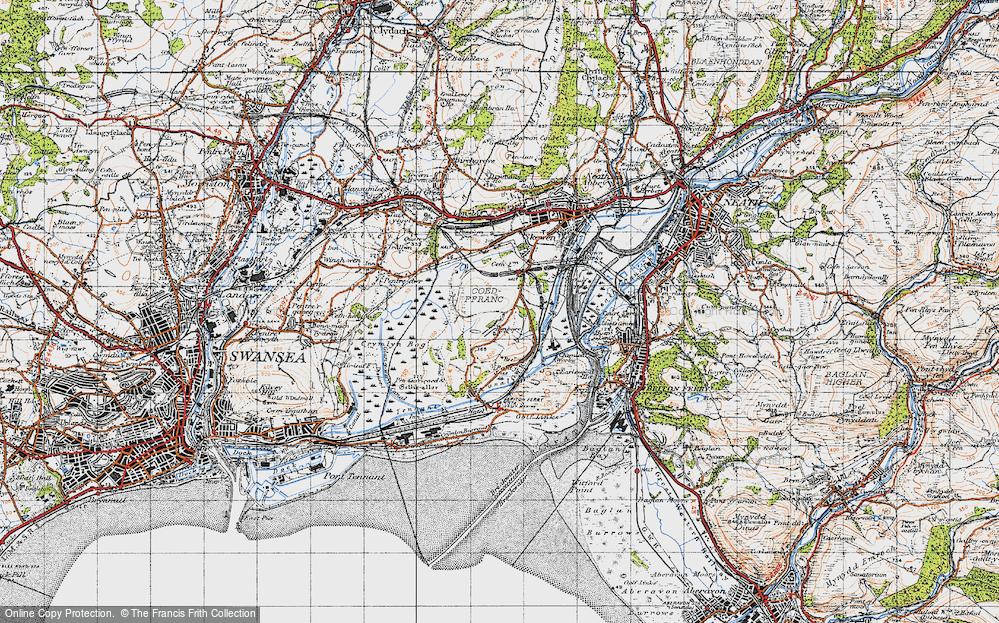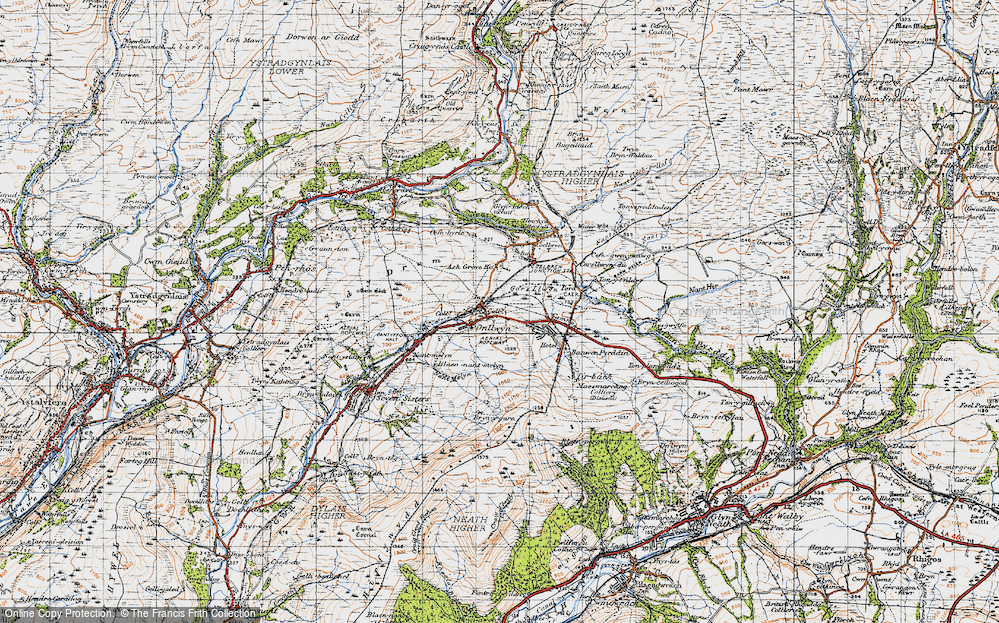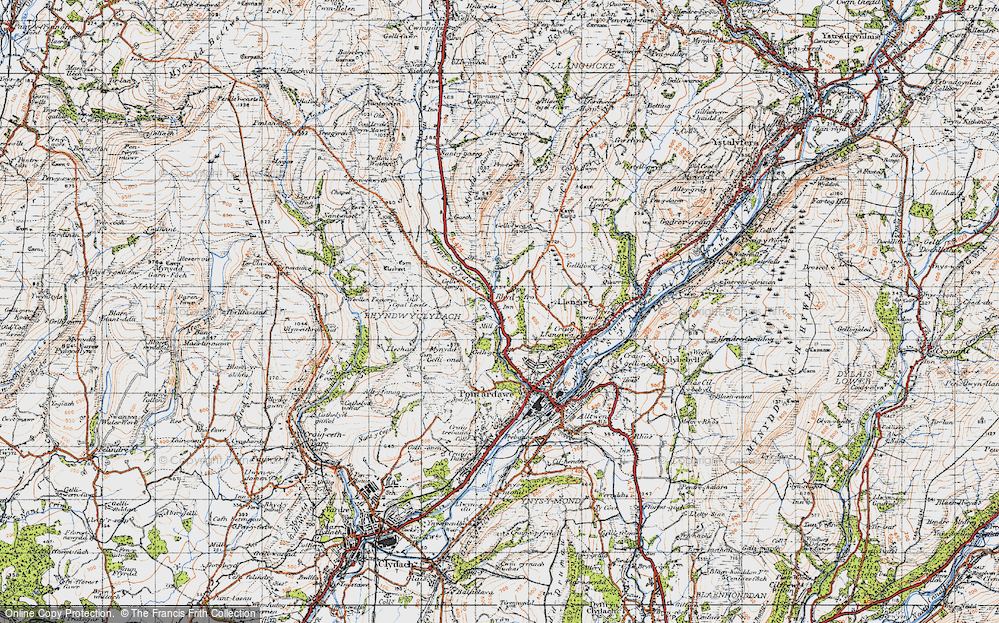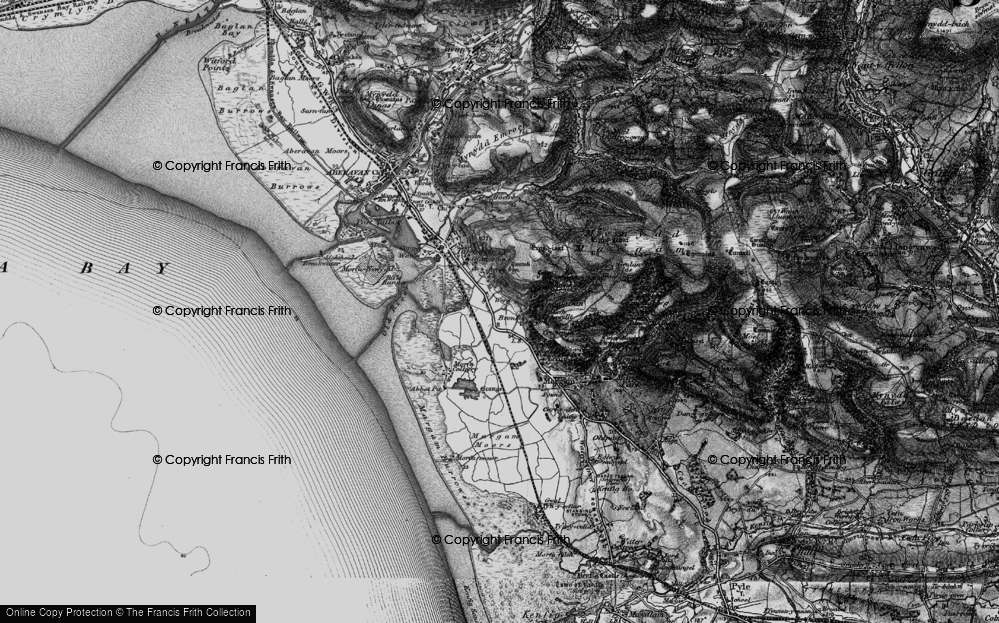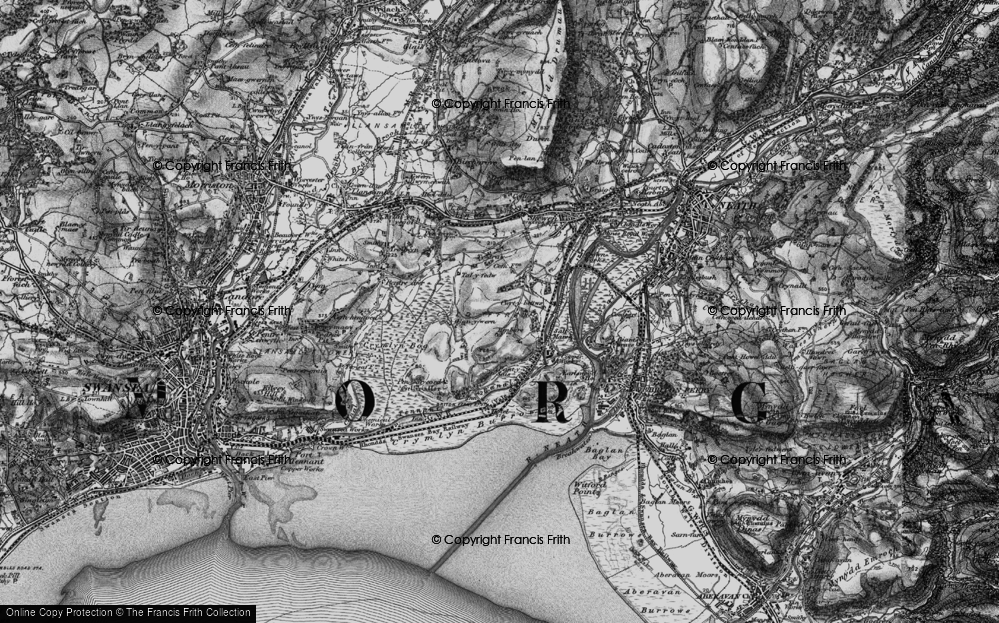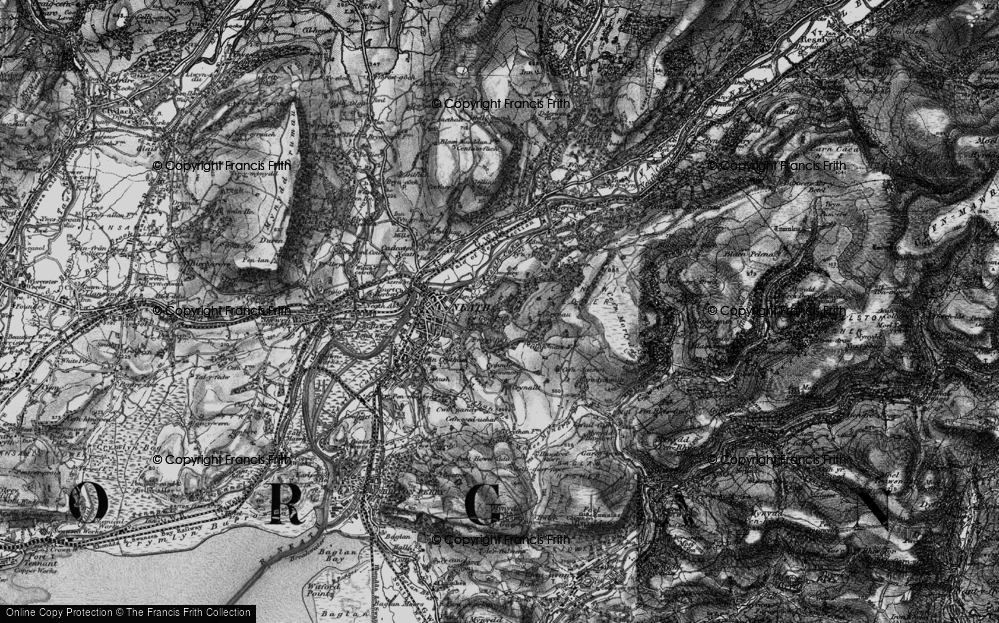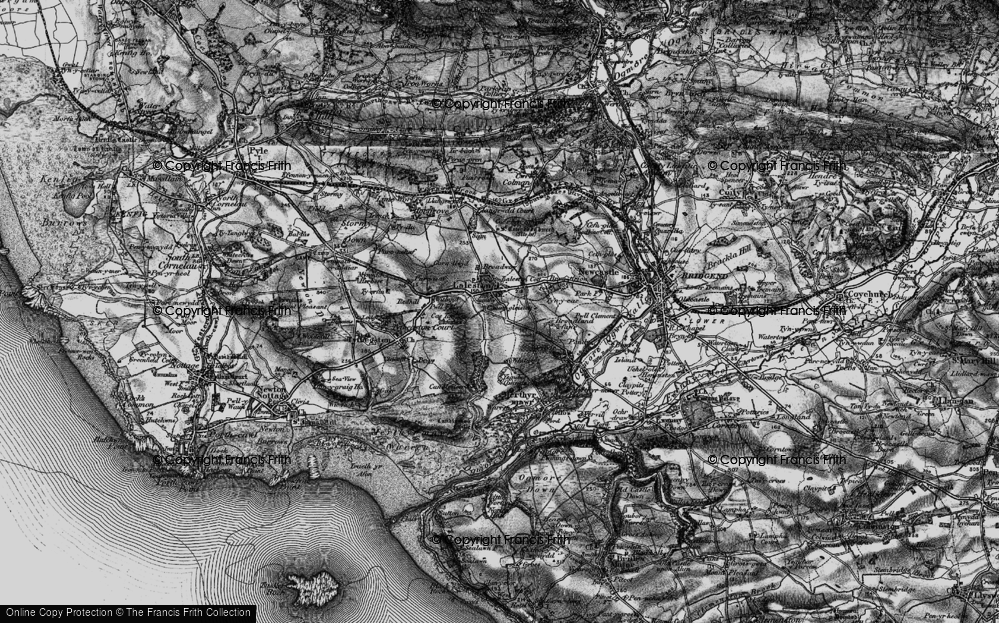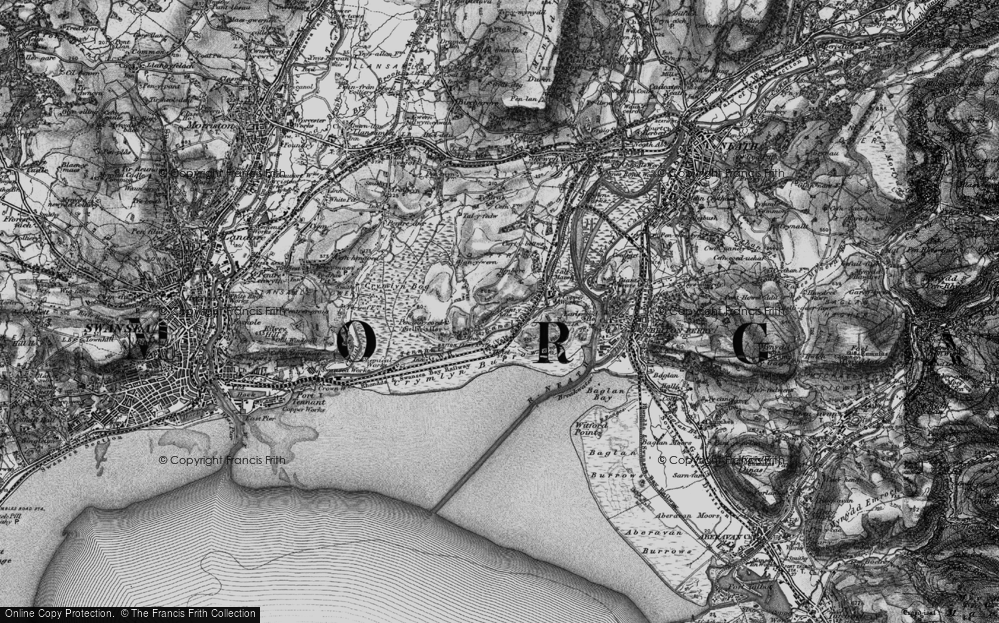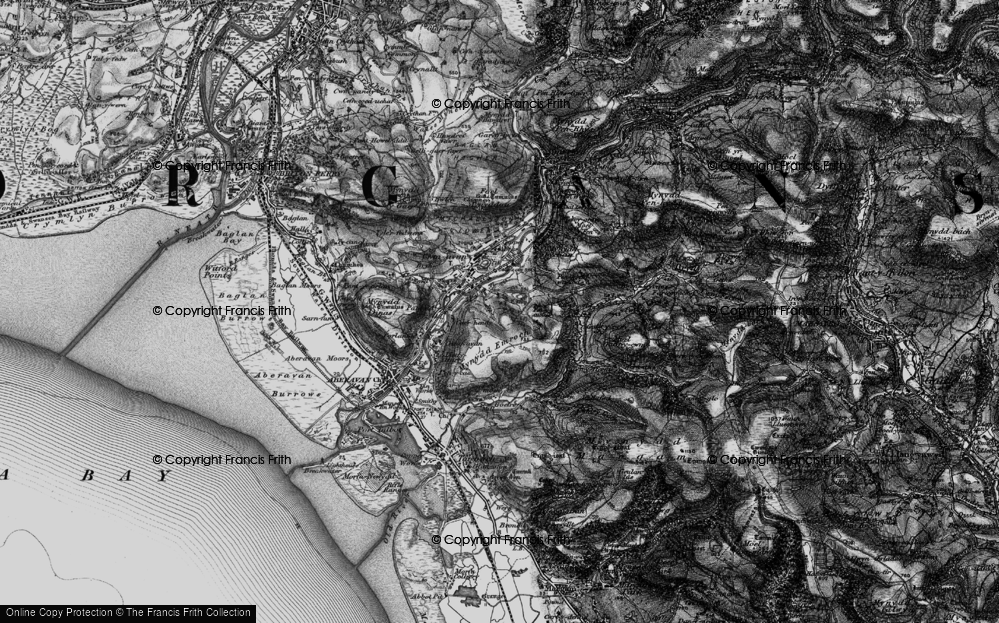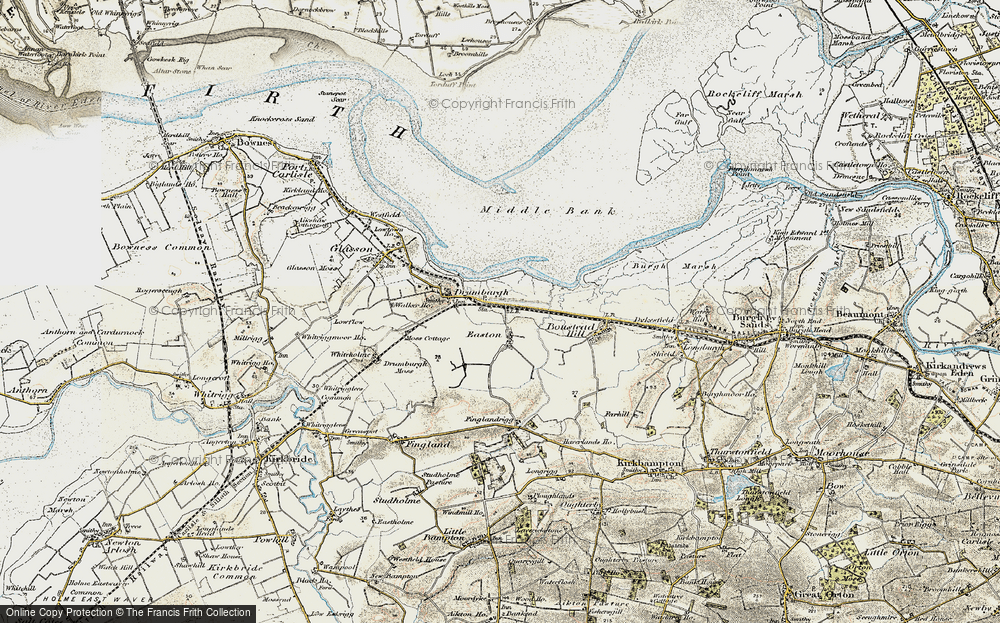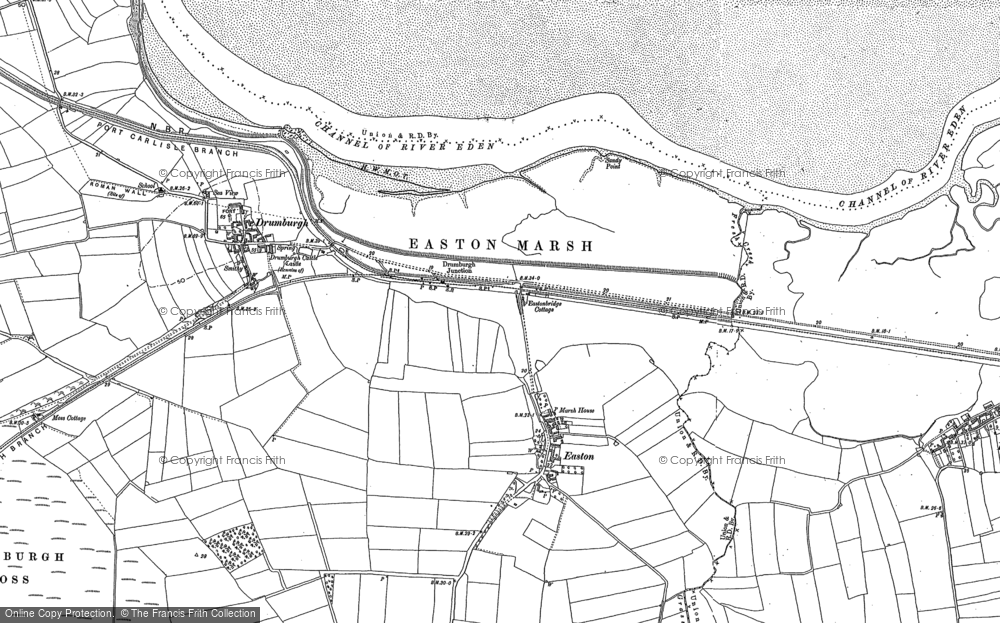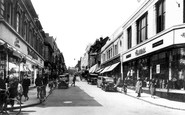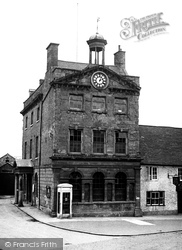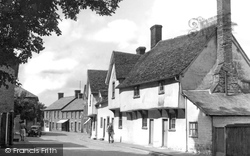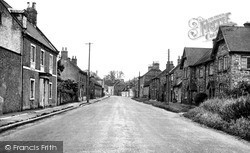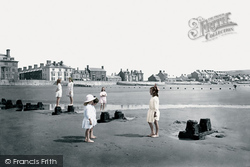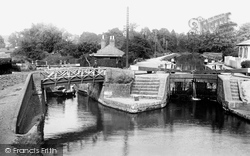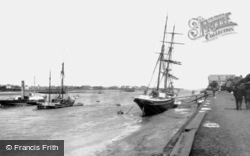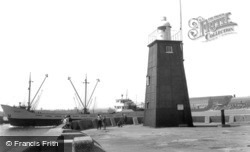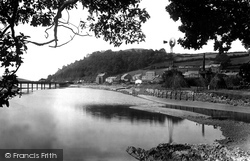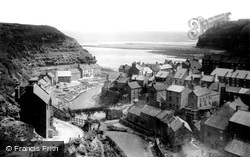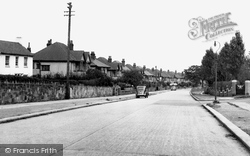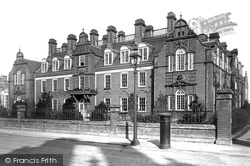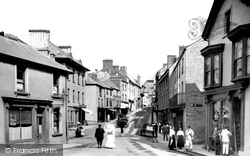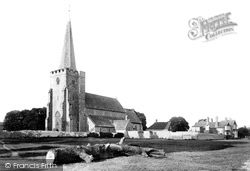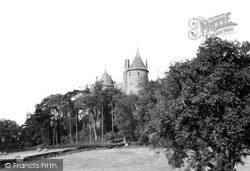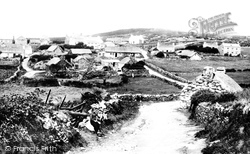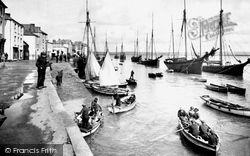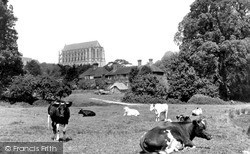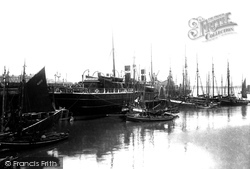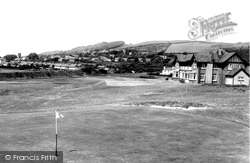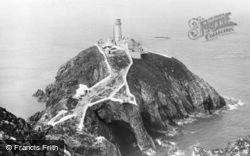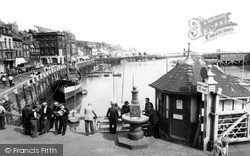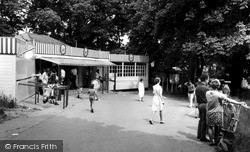Places
Sorry, no places were found that related to your search.
Photos
Sorry, no photos were found that related to your search.
Maps
670 maps found.
Books
4 books found. Showing results 745 to 4.
Memories
1,789 memories found. Showing results 311 to 320.
Aldershot Manor Park School And Girl Guides 1960's
Christine Williams We were best friends at Manor Park County Secondary School for girls, Aldershot 1962 – 1968. We were also in the Girl Guides together at 2nd Aldershot Girl Guides. Photos to ...Read more
A memory of Aldershot by
Southbourne 1936 To 1948
My grandparents lived in Stourwood Avenue near junction with Stourwood Rd. I visited most years (age 3 to 15). Some houses on the top of the were in danger of falling over the cliff & had to be taken down. Gordon Hotel ...Read more
A memory of Southbourne by
The Lancaster, Small, Lancaster And Woods Family
I was born in Barton on sea in 1965 My mothers family Harry Lancaster and Emily Jane Small lived at Burnt Lane Lymington. Harry used to work on the Railway. They had five children three boys and two girls ...Read more
A memory of Pilley by
Fawley School And Photo
My dad was in the RAF at Calshot and I attended Fawley school, and later Hardley secondary, in 1950-53. I have recently found a photo of myself and two other boys, standing in a pond holding jam jars of (presumably) tadpoles or ...Read more
A memory of Fawley by
Bexley Lane School
Well now, my name is John Earl and I think I was at this School (having transferred from Alma Road) from about 1958/9. I shall keep this short in case I'm wasting my time, if I get a response then we'll go from there. I shall just list ...Read more
A memory of Sidcup by
1950s Rosenau Rd.
Hi, I was born in 1946 at the South London Hospital for Women and lived for a while at 15 Etruria St. Battersea, it was near Dogs Home Bridge and Battersea Power Station, where my dad, Charlie Jones worked. Soon we moved ...Read more
A memory of Battersea by
Stan Laurel's Ulverston
The thin half of the world's greatest movie comedy duo, Laurel and Hardy, was born in Foundry Cottages, Ulverston, now Argyle St., in 1890. He was born and lived in his grandparents' home until the age of 6. His grandfather, ...Read more
A memory of Ulverston by
1930 Memories
My mother spoke of visiting Swatragh when she was a child in the 1930s. Her Aunty lived there with her daughter Minnie who had Downs Syndrome. Minnie was an adult at that time and helped her mother round the very small property that they ...Read more
A memory of Swatragh
Flowers And Veg At Gower's Queens Road.
My father, Albert Victor Catt, known as Vic, worked for Mr Gower for many years either side of WW2. My father had a curvature of the spine which prevented him for joining the forces so he was employed to produce ...Read more
A memory of Hastings by
Growing Up In The Village.
I was born in Nelson Hospital in March 1960 and taken home to Burley Road, where I was for my first year, then the family moved to Lancaster Road, nextdoor to the painter: Olaf Barnett. My early memories were of open spaces ...Read more
A memory of Wimbledon by
Captions
1,058 captions found. Showing results 745 to 768.
This photograph, taken shortly after the war, shows the Moot Hall in a rather sorry state of repair.
The cottages were threatened with destruction shortly after this photograph was taken, but popular opinion prevailed and they were saved.
The Town Hall in the East End was established in 1796, shortly after the castle.
The ladies' headwear is typical of the early 1930s, and short skirts were in vogue. Motor cruisers are not common on Ormesby Broad, as it is not connected to the river system.
The girls are wearing light short dresses - quite a contrast to their Victorian and Edwardian predecessors, who wore several layers of clothes, even on the beach.
The left hand lock, behind the footbridge, canalises the River Chess for a short distance from its junction with the River Colne. The central cottage has now gone, but there is a cafe instead.
Once a whaling port, Kings Lynn in the late 19th century was handling coal from the North East and grain, and had a small inshore fishing fleet.
The Pilot's Pier light sits on a long promontory extending from the sea wall, and cargo shipping and the associated tug boats pass by it on their way in and out of the port.
Greenodd was a port under the control of Lancaster until the mid 1800s, exporting gunpowder, copper ore, limestone burnt in local kilns, and other goods. Small ships were built here.
During the 19th and early 20th centuries, Staithes was a fishing port of some standing, being a centre for cod, haddock and mackerel, with enough fish being landed for the North Eastern Railway to run
For all its evocative name, Higher Bebington Road is quite short in length; it services Bebington High Sports College, the Higher Bebington recreation ground and the local branch of Wirral
Shortly afterwards it was uprooted by Tory undergraduates!
This street is a short one, running up into the town after crossing the Usk. The motor car is not yet a common sight, hence the horse-drawn carts going about their business.
To the right is Church House, which shortly before this view was taken had ceased to be a farmhouse; the flint walls in front are remnants of its barns, retained as boundary walls.
Of the two previous castles on the site, the first was a short-lived motte and bailey erected when the Normans pushed into the Cardiff area.
Cregneish lies between Port St Mary and the Calf of Man. When this picture was taken, most of the villagers would have earned their living from agriculture or fishing, or both.
Though still in essence a fishing port, there are only a dozen or so boats today, engaging in salmon-netting and deep-sea fishing. The pilot boat for the estuary is also based here.
Subsequent silting of the river mouth and its movement to the east thanks to a shifting shingle beach led to the decline of the port at Steyning, and the establishment of the town of New Shoreham by the
Linked by rail to Euston, Fleetwood developed as a major port, handling passengers and cargo bound for Ireland, the Isle of Man and Glasgow.
With Burry Port being so close to the sea, the all-year-round golfers would have to be a hardy lot to withstand the wild and windy weather.
Holyhead is best known as the ferry port for Ireland, and stands on Holy Island, linked by a causeway to the Isle of Anglesey.
Flat-capped fishermen enjoy a chat and a view of the Lower Harbour by the swing bridge (right) in the ancient port of Whitby, situated where the River Esk runs into the North Sea.
The much loved and heavily patronised refreshment kiosk was an obligatory port of call for all families enjoying a day out at the beach.
These old vessels were vital carriers of coal, fruit, vegetables and building materials from Kent, Essex and other east-coast ports.
Places (0)
Photos (0)
Memories (1789)
Books (4)
Maps (670)




